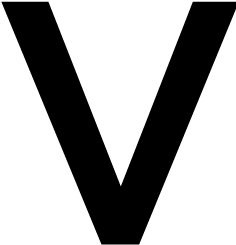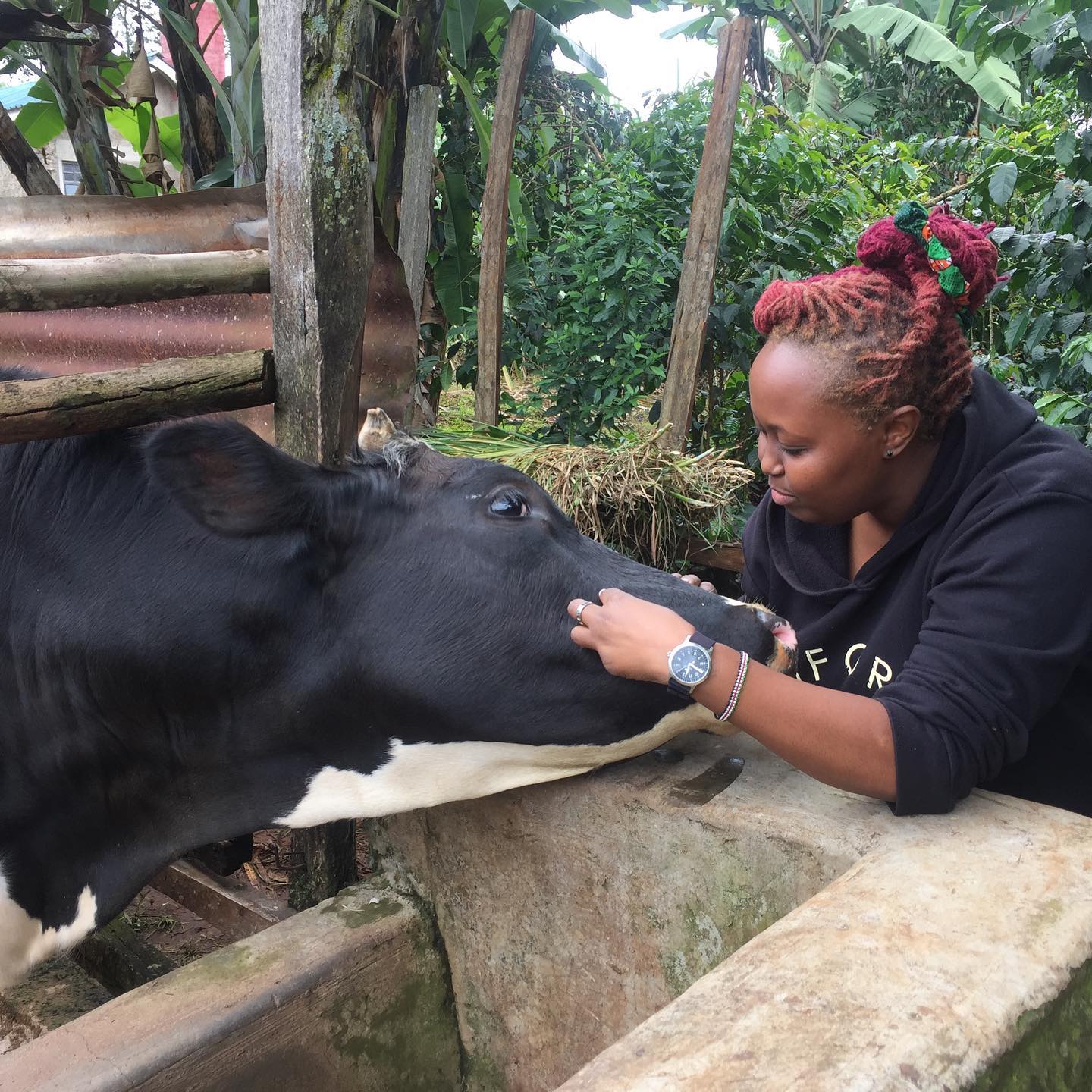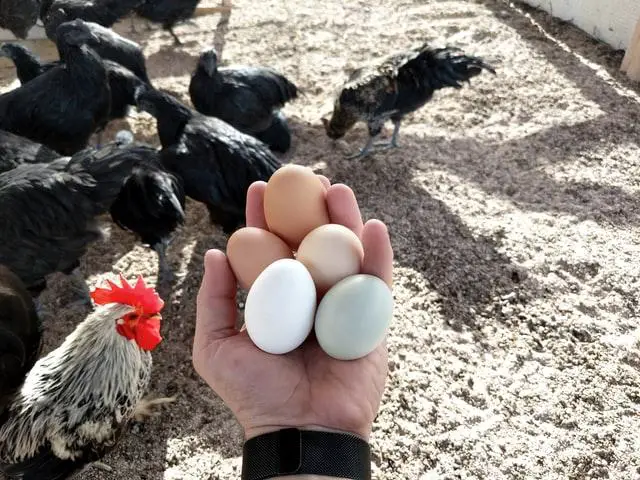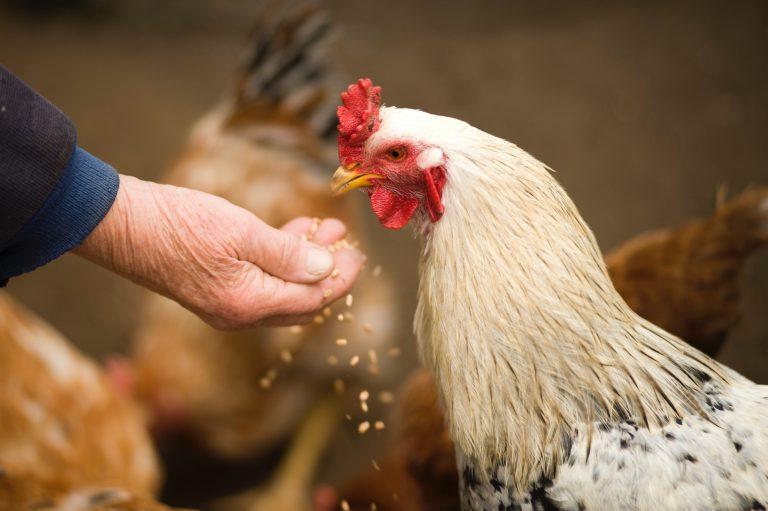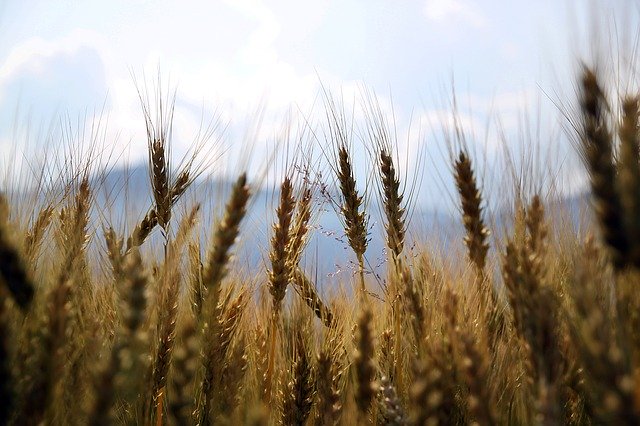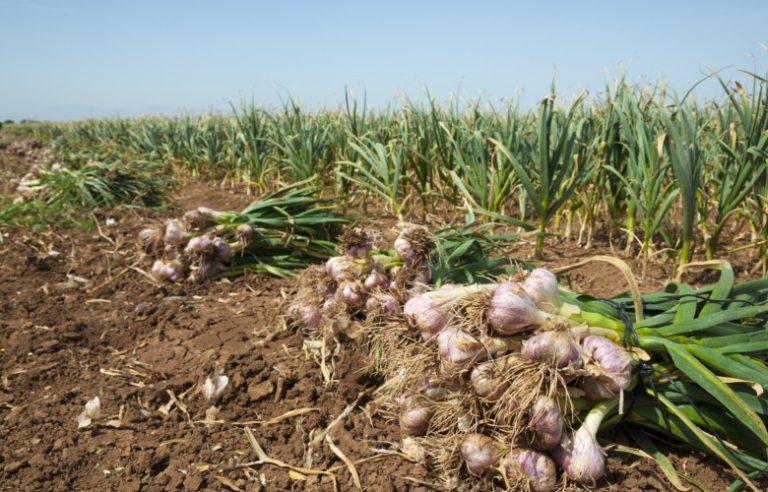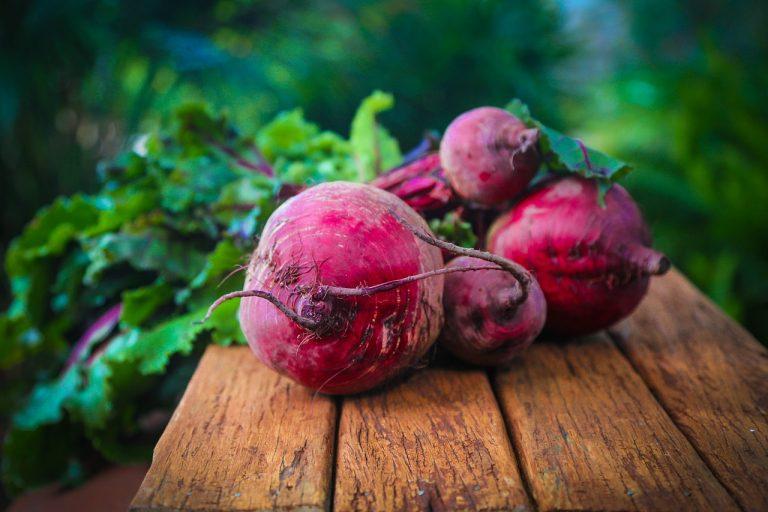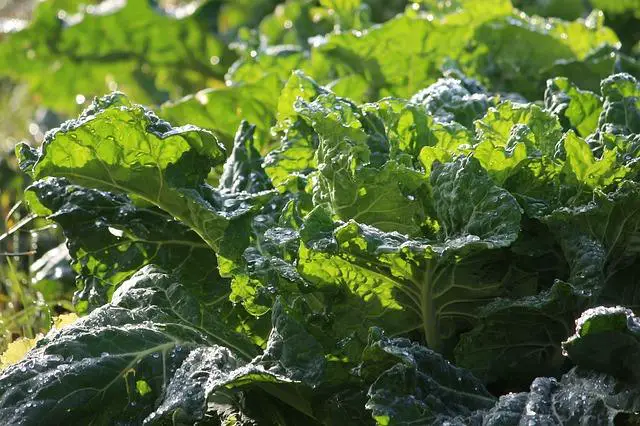Dairy Farming in Kenya
You can tap a lot of benefits from practising dairy farming. Our country’s economy strongly leans towards agriculture as its main powertrain. Through dairy farming, you can not only change your family’s financial background but also change the lives of many families that are one way or the other connected to your dairy farm. Some of the benefits you can derive from dairy farming include;
- Practising dairy farming as an income-generating activity will generate revenue for you. Your farm will also provide jobs to many youths, veterinary doctors and agro vet shops.
- Dairy farming provides farmers with financial security in that in the event of an emergency, you can easily convert your livestock to cash and attend to the emergency.
- Practising zero-grazing will also enable you to earn more money especially in places where large chunks of land for farming is not available. This can be an equalizer as you can earn as much as any other farmer with large tracts of land if you follow the recommended practices.
- Also, consuming milk from dairy farming improves the nutritional status of your family. This is especially true for children who consume milk. This will enricher their normal diet with lots of protein and calcium which is essential for their growth.
Common dairy cow breeds in Kenya
The most common dairy cattle breeds in Kenya include the following:
- Friesian
This breed is characterized by its black and white short-haired coat and short horns. The main purpose of the Friesian breed is milk production. It has the potential to yield between 40-60litres of milk daily. This breed has an average body weight of between 500-550kg when it gets to the adult stage.
The Friesian breed is preferred for its high milk production potential with a low butterfat content of about 3.2% although this will depend on the level of feeding and other management. It is however a heavy feeder consuming up to 110Kg fresh forage per day. It also consumes a lot of water daily and may not be suitable in places that face water shortages.
- Ayrshire
This breed is known for its white and brown patches with some tending towards dark mahogany. An adult Ayrshire has an average live-weight of about 450kg. This breed will give you about 30litres of milk with about 4% butterfat content provided you feed and water it well. The Ayrshire adapts well to a wide range of climates and is often preferred by farmers due to its ideal milk properties.
- Guernsey
Guernsey is characterized by its white and reddish-brown patches. An adult will weigh around 400-500kgs. Guernsey heifers come into milk at about two years of age. They are known to have a finely tuned temperament. They are neither nervous nor irritable.
The Guernsey bull has an attractive personality with ample vigour and masculinity. It has smooth-blending shoulders showing good refinement, strength, and contour.
This breed has a high milk production potential of about 25 litres per day. Its milk has a moderate butterfat content of 4.3%. This breed has a high feed conversion efficiency consuming about 20% less for every kilo of milk produced. It requires 65-85kgs of fresh forage per day for optimum milk production.
- Jersey
The Jerseys in Kenya are light brown with protruding eyes. They may also have white patches that may cover much of the animal. They have a smaller body size compared to other breeds. Jersey has an average weight of about 350kgs. This breed has a moderate milk production potential of about 20litres daily with 5.3% butterfat content. This is dependent on your feeding and management regime.
This breed has a reputation for milk with high quality; rich in protein, minerals, and trace elements than those from the larger dairy breeds. They require about 65-85 Kg of fresh forage.
Dairy Cow housing
For optimal milk production, you will need to protect your cows from extreme weather such as harsh rain and direct sunlight. The place you house your cows should also be free of mud and stagnant water and be easy to clean. This is essential in the prevention of the spread of diseases such as hoof infection.
The type of structure you will choose to construct will depend on the climatic conditions in your region and also on the cost you will be willing to foot. If you are starting and you are low on capital, do not worry. Even with a simple structure and as long as you follow the recommended guidelines, you can still be a successful dairy farmer as you slowly improve your structures.
Calf Housing
Calves are housed to protect them from adverse weather conditions and predators. Calf housing is also important in controlling parasites and ensures proper feeding and management of each calf.
A calf pen can be constructed from locally available materials. It should;
- Allow a two square metres space for each calf
- Be well-drained and easy to clean and if possible, raised by 1ft.
- Be well lit with natural light
- Be well ventilated and strong enough to stand predator invasion.
Calves should be housed preferably as individuals during their first month of life. If not possible, you can house them in a group. Take care to ensure calves housed in groups do not fight or suckle each other.
The recommended minimum internal dimensions for an individual calf pen are 1.2 by 1m. Three sides of the pens should be constricted to prevent contact with other calves. The front of the pen should be constructed to allow the calf to be fed milk, concentrates, and water.
Heifer Housing
When considering housing for heifers, you should consider the following factors:
- Your ease of feeding the cows. Build structures to enable you to feed from outside as it will minimize your risk of injuries.
- The structure should be easy to clean or replace beddings.
- The convenience of moving and restraining animals.
Heifers go through management that requires restraint. The structure you construct should meet your cows’ requirements and make it easy to handle them.
For mature cows in a medium or large scale dairy unit, you may need to include the following facilities:
- Resting area for cows which should be a paved shade. You can pave it using concrete or sawdust which should be changed daily. If you are on a tight budget, an open area with trees for shade will do. Also, always allow for space for exercise and movement.
- A feeding trough made of wood, concrete, or plastic. You should construct the tough in such a way that there is minimal wastage of feeds as the cow eats.
- A milking area where calfs’ and the milker can access easily. The milking area should also have a feeding trough to allow the cow to feed as it is milked.
- A store for feed storage. Ensure that the feeds are protected from harsh sunlight and moisture as it will lose quality if poorly stored.
- Also, an isolation pen will be of an added advantage to isolate sick animals. This is very essential in curbing the spread of diseases.
- A slurry pit to store the cows’ droppings before it is decomposed and ready for use as organic manure.
When constructing, you should allow for provisions for expansion.
CARE AND NUTRITIONAL REQUIREMENTS FOR CALVES
Calf Feeding Methods
When the calf is left with the dam when it has attained one week, several methods can be
used for its feeding depending on ease and convenience. Some of the methods you can try include;
1. Single suckling
This method involves separating the calf from the mother then bringing them together. The calf is then allowed to suckle before or after milking. The amount of milk the calf consumes is difficult to estimate.
2. Foster mother or multiple suckling
In farms where several cows give birth at the same time, one cow can be assigned to several calves depending on milk production. Each calf suckles in its own turn in its designated teat. This method is however not common.
3. Nipple suckling
Here, you fill milk in a plastic bottle with a nipple and train the calf to suckle just as you would do for a baby. You can also use a pipe with an attached nipple with the other end inserted in a bucket of milk.
4. Bottle feeding
In this method, you fill a bottle with milk and feed it directly to the calf. This method is tedious and you risk getting milk in the calf’s trachea leading to pneumonia.
5. Bucket feeding
This is the most common method used in feeding calves. You place some milk is into a bucket and then train your calf to drink by placing your finger in the milk and as calf suckles to mimic the cow’s teat.
Whichever method you use, ensure the equipment is clean at all times.
Feeding during the first week
You should allow calves to suckle to obtain colostrum from their mothers’ dams. Suppose the mother is unable to produce milk or dies at calving, artificial, or frozen colostrum or a contemporary mother can be used.
Feeding during 2nd week to one month
You should feed your calves with milk about 10% of their body weight. Milk can be mixed with whey or skim milk and fed to the calf at body temperature. Commercial milk replacers also are used at this stage.
Calf feeds
- Preserved colostrum
High yielding cows may produce more colostrum than the calf can consume which can be preserved and fed later. The colostrum can be preserved by freezing or through natural fermentation. You can feed this later to the calf by mixing it with warm water at the ratio of 2 parts colostrum to 1 part water.
- Milk replacers
Milk replacers resemble milk and are mostly used when there is no milk to feed the calf. They are always of lower quality than whole milk and you should only use it if it becomes cheaper than milk.
- Pre-starter
A pre-starter is a high-quality calf feed that is low in fibre and almost similar to milk replacer in form of dry pellets. You can feed this to your calves during the second and third week to help stimulate calves to eat dry feed and also to enhance rumen development.
- Calf starter
These contain a higher fibre content compared with the pre-starter. At this stage, your calf should be consuming little milk and is in the transition to becoming a ruminant.
- Roughage
You can also feed your calves’ high-quality hay with fine texture and mixed with legumes such as sweet potato vines. If they are on pasture, you should try and graze calves ahead of adults to control parasites.
- Water
Calves should be offered fresh water in addition to milk. Lack of drinking water slows down digestion and development of the rumen, and hence the longer it takes before calves can be safely weaned. Always ensure that water is available all the time.
Weaning
Usually, most dairy calves are weaned based on age, 3 months being the most preferred by farmers.
Weaning should be done gradually to minimize stress. You can start weaning the calf when;
- It attains twice its birth weight
- when the calf can consume 1.5% of its body weight of dry feed
- When the calf attains 12 weeks in age.
You can adopt early weaning when your calf attains between 5-8weeks. This will reduce the milk feeding period and labour required for rearing your calf. To do this, your calf will require a specific feeding program that concentrates on using low levels of milk and high energy, high protein concentrates, (pelleted) to stimulate rumen development.
General Management Practices
Castration
You should castrate male calves to prevent unwanted mating where male and female cattle are reared together in one herd. Also, castrated males are easier to handle and they produce better quality meat.
You can castrate your heifers by using an elastrator ring, burdizzo or open castration using a knife. You should castrate your calves while they are still young to promote faster healing.
Dehorning
This is the process of cutting off the horns of the calves. You should dehorn your cows when they are still calves to promote faster healing of your animals. Horned cows are dangerous to both the people working with the animals and other animals within the herd.
There are two main ways to dehorn your calves. Some of the methods include using a hot iron rod to press against the horn bud and using a saw or hand blade (surgical method) to cut off the horn. The use of the surgical method will require the administration of anesthetics as the process causes a great deal of pain to the animal. Also, use disinfectants on wounds to ward off flies.
Identification
Identification of calves should be done immediately after birth to allow efficient and proper recording. Identification can be through various methods:
- Branding using hot iron- In this method, you heat an iron bar with a specific agreed design and press against the cows’ skin to leave a mark. This is permanent but not common in dairy cattle.
- Earmarking- You can mark your cows’ ears through notching (cutting in agreed shapes), ear tattooing, and ear tagging.
Calf health
Calves are vulnerable to two main diseases due to their weaker immune system and improper diet. These health problems include scours (diarrhea) caused by poor diet and Pneumonia caused by fluid in the trachea.
